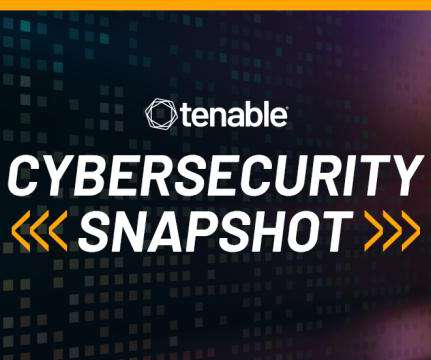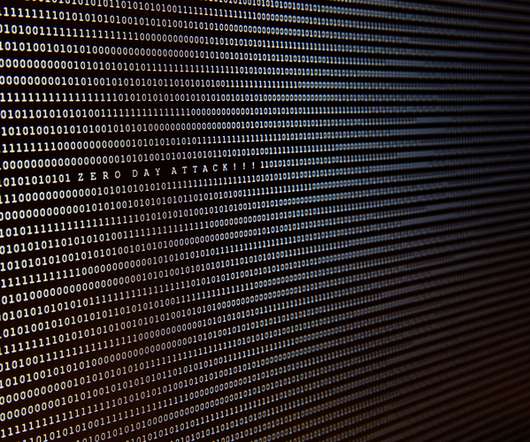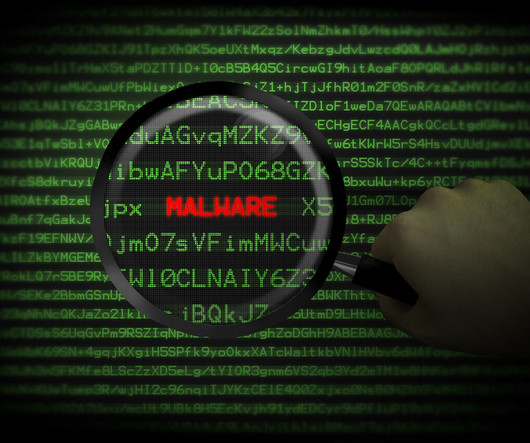Pay Attention to Cybersecurity Warnings
Kaseya
APRIL 22, 2020
This ‘wormable’ Windows vulnerability, CVE-2020-0796 , impacts the Server Message Block or SMBv3 network communications protocol. lower priority) vulnerability is a privilege elevation risk that takes advantage of how the OneDrive desktop app for Windows handles symbolic links. According to Microsoft, this “important” (i.e.
















Let's personalize your content